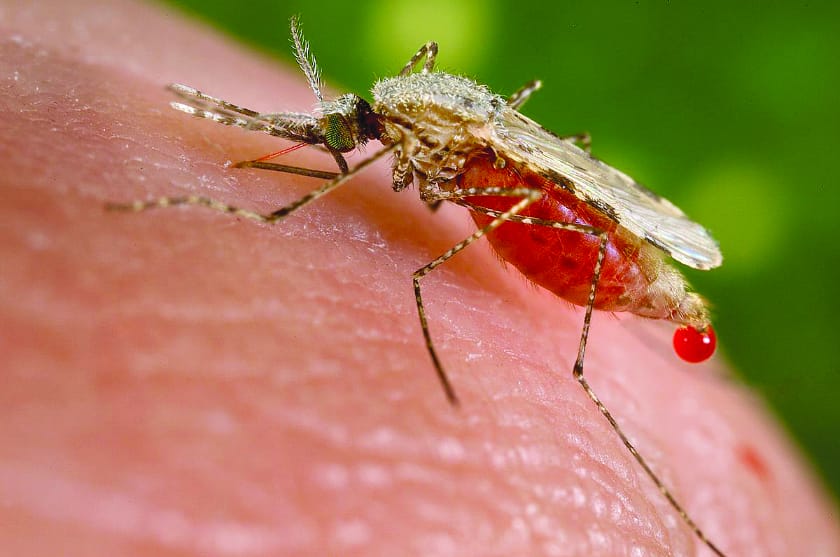Gene Drives – A technology capable of changing entire species
An emerging technology may allow us to play God, but should we take the risk? More importantly, can we afford not to?

Gene drive technology allows humans to introduce genetical modifications to species that are always passed on to the next generation, which allows a characteristic to become prevalent in a species over very few generations. The technology is powerful enough to wipe out whole species, and has applications in eliminating invasive species, and controlling vector-borne diseases. The technology is showing promise, and it has attracted huge investments. Bill Gates, for example, has invested a total of $75 million in Target Malaria, a consortium led by Imperial College aiming to control the spread of malaria. Gene drives are to be used for this purpose, specifically one to make female mosquitoes sterile to eliminate the mosquito population.
Gene drives have been made possible by the development of CRISPR/Cas9, a powerful and precise genetic engineering tool. So how does a gene drive work? A gene drive contains a guide RNA which directs it to the right place along the chromosome, then Cas9 cuts the gene and the cell repairs the damage by copying the gene drive into the cut site. This means the gene drive is present in both copies of a gene (both will have the gene drive allele). As a result, the gene is certain to be passed on to the offspring. The gene drive will then repeat the same mechanism when passed down, resulting in homozygous offspring with the gene drive in both copies of the gene. A desired characteristic can be encoded within the gene drive to be passed on.

Gene drives can help solve a range of problems. As discussed earlier, they could stop a range of diseases such as malaria, dengue, and Lyme by altering insects. In the case of mosquitoes, the possible alterations include making mosquitoes resistant to the malaria parasite, making mosquitoes sterile, and making them less interested in humans as prey. Gene drives could also help eliminate invasive species (such as carps, whose adaptability allows them to wreak havoc in ecosystems all around the world). Whole populations can be eliminated if the gene drive encodes for gender (for example making all offspring male). Gene drives could also be used in weeds to reverse resistance to pesticides, which can help increase crop yields.
“Gene drives could help stop a range of diseases, such as malaria or Lyme disease”
Indeed, gene drives could save lives and improve ecosystems, but should this powerful piece of technology really be deployed? Gene drives have already been successfully created within laboratories, but their effect if released into the wild is yet unknown.
The effect of releasing gene drives into ecosystems is not yet known, but they would likely seriously affect population dynamics. There is also the fear of an accidental release, which is why most labs take precautions. The risk is always there, however, and the fallout could be disastrous. Furthermore, there is the existence of gene flow, which means that species may breed with neighbouring species. If gene flow happens then the gene drive may not be confined to only one species, the spread to other species will lead to unwanted consequences, and a more complicated situation. For the case of invasive species, the gene drive may spread away from the intended area, meaning that the whole species may be wiped out, instead of just the areas where they are invasive and don’t belong. Lastly, there is the fear of the use of gene drives for bioterrorism, as gene drive technology isn’t hard to use (although it takes a long time to identify specific genes and how to alter it to acquire the wanted characteristic). For example, terrorists could possibly add a toxin-making gene to mosquitoes, which would cause devastating damage on a large scale. Overall, there is a large amount of uncertainty over what would happen if a gene drive were released into an environment. Gene drives have the potential to save millions of lives, but it could also have devastating consequences, so is it unethical to use gene drives, or is it unethical to not use them?
The use of gene drives is a complex subject, and the regulation of this technology requires discussions on an international scale. In 2016 there was a United Nations biodiversity meeting discussing a gene drive moratorium which was ultimately rejected. Gene drives can change the world on an international scale, so in the future it is inevitable there will be disagreements on the use of different gene drives. In the meantime, scientists are continuing their work in this field, currently an obstacle that has emerged and needs to be overcome is the evolution of gene drive-resistant organisms. A lot of exciting research is happening, much of it in fact taking place over here at Imperial.









